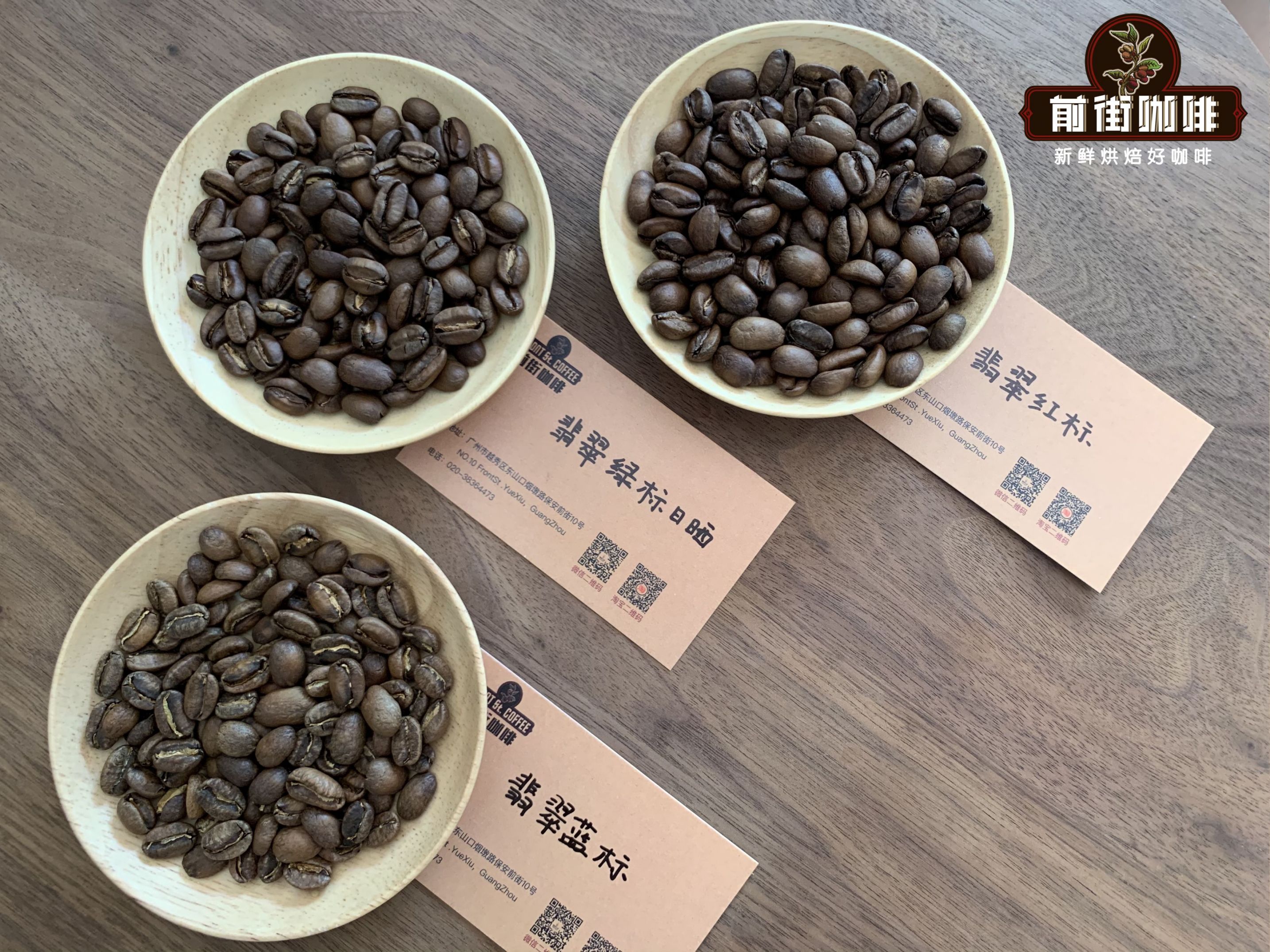Introduction to the production area of graded grinding scale of taste and taste of Ethiopian coffee beans
Introduction to the production area of graded grinding scale of taste and taste of Ethiopian coffee beans
Due to different planting methods, coffee can be divided into forest-semi-forest coffee (Forest or semi-forest coffee), courtyard coffee (Garden coffee) and plantation coffee (Plantation coffee). The grading and quality control system of coffee is divided into three levels: producer, regional and national. All coffee is inspected by local inspection agencies before leaving the country of origin, and then re-tested at the coffee inspection and grading centers in Addis and Diredawa to determine its quality grade. Coffee is graded before auction and sale and is important for all groups involved in production, acquisition, export and consumption. Before export, coffee must also be sent to a national quality control agency for inspection to confirm that the origin and color meet the export standards to ensure the reputation of Ethiopian coffee.
The dry aroma of Gemma coffee powder: there is a strong, raging incense wild nostrils, mixed with a little faint earthy smell, compared with the Indonesian Karosi aroma is not so long-lasting.
French pressure pot follicles: there are rich and long-lasting brown grease, taste mild and smooth, clean washing, there is a gentle sour, a little sour.
Washed Ethiopian wild djimmahji Mamoca coffee, under the wild appearance, is the gentle heart; it is indeed a relatively high-quality low-acidity coffee.
Sidamo
Sidamo sidamo
"Ethiopian Sidamo" is a type of single origin and grows in Arabica coffee in Ethiopia's Sidamo province. Like coffee in most African countries, Ethiopian Sidamo is characterized by small gray beans, but characterized by its rich, spicy, wine or chocolate-like taste and floral aroma. The most distinctive flavors found in all Sidamo coffee are lemon and citrus with bright and crisp acidity. Sidamo Coffee includes Yirgachefe Yega Snow Coffee and guji Coffee, both of which are of high quality.
Coffee is Ethiopia's most important export cash crop and the main source of Ethiopia's foreign exchange earnings. Ethiopia's coffee exports account for about 3% of the world market, making it the eighth largest coffee exporter in the world. Coffee exports increased steadily from 58000 tons in 1990 to 110000 tons in 1995-1996 and remained at this level in the following years. The export volume exceeded 110000 tons from 2001 to 2002 and reached 127000 tons from 2002 to 2003. As the price of coffee on the international market has been declining for a decade, Ethiopia's foreign exchange earnings have been seriously affected. Before the sharp drop in coffee prices, coffee exports accounted for more than half of Ethiopia's foreign exchange earnings, but now they account for only about 35 per cent. But according to the International Coffee Organization, coffee prices rebounded in 2002, rising from 41 cents per pound in September 2001 to 52 cents per pound in 2002 and 59.7 cents per pound in 2003. The average price in March 2004 was 60.8 cents per pound, an increase of 50% over September 2001. This is excellent news for Ethiopia.

Important Notice :
前街咖啡 FrontStreet Coffee has moved to new addredd:
FrontStreet Coffee Address: 315,Donghua East Road,GuangZhou
Tel:020 38364473
- Prev

Panama Flower Butterfly Coffee Bean Roast Degree Flavor Description Taste Treatment Variety Introduction
Panama Flower Butterfly Coffee Bean Roast Degree Flavor Description Taste Treatment Variety Introduction Boquet producing area which is also distributed with many excellent manor, in addition to the famous Emerald Manor, there are Elida Manor, Akaba Manor and other well-known manor, all producing high-quality boutique coffee. And that's not just because of the ecological advantages of Panama's Poquete region and the Baru volcano.
- Next

Panama BOP Champion Rose Summer Coffee beans Panamanian Jade Manor Rose Summer Red Standard Green Standard Blue Standard Coffee beans
Rose red standard green standard blue standard coffee beans distinguish the basic flavor characteristics, floral flavor, tropical fruit, strong sweetness; these are the feelings that Rosa has always brought to us. Properly baked, they make you feel like sipping the fragrance of a bouquet of flowers. Maybe you don't know the story about Rosa, which is an ancient native species from Ethiopia, as a
Related
- Detailed explanation of Jadeite planting Land in Panamanian Jadeite Manor introduction to the grading system of Jadeite competitive bidding, Red bid, Green bid and Rose Summer
- Story of Coffee planting in Brenka region of Costa Rica Stonehenge Manor anaerobic heavy honey treatment of flavor mouth
- What's on the barrel of Blue Mountain Coffee beans?
- Can American coffee also pull flowers? How to use hot American style to pull out a good-looking pattern?
- Can you make a cold extract with coffee beans? What is the right proportion for cold-extracted coffee formula?
- Indonesian PWN Gold Mandrine Coffee Origin Features Flavor How to Chong? Mandolin coffee is American.
- A brief introduction to the flavor characteristics of Brazilian yellow bourbon coffee beans
- What is the effect of different water quality on the flavor of cold-extracted coffee? What kind of water is best for brewing coffee?
- Why do you think of Rose Summer whenever you mention Panamanian coffee?
- Introduction to the characteristics of authentic blue mountain coffee bean producing areas? What is the CIB Coffee Authority in Jamaica?

